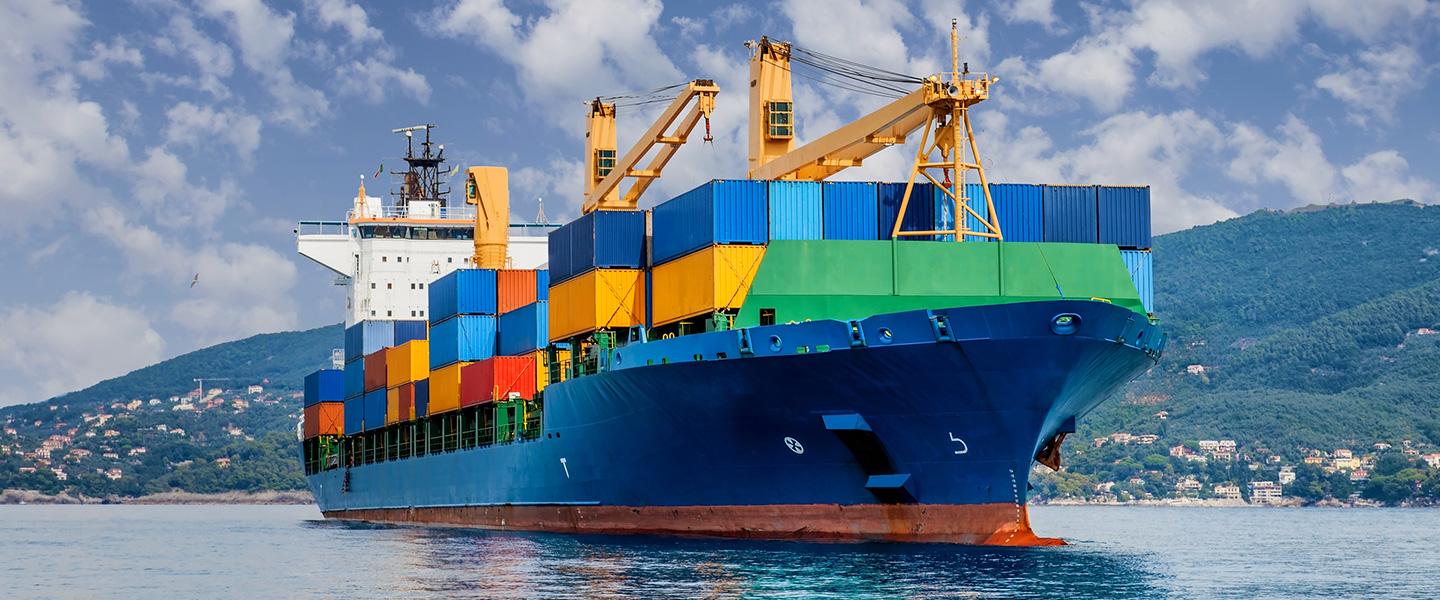Cargo ships: the workhorses that power global trade


The experts of the early 1900s who made predictions about life today would be scratching their heads if they could see the reality of the 21st century. By now, we should own levitating homes (famous sci-fi author said that “houses will be able to fly by 2000” so that “whole communities may migrate south in the winter”) teleporting and taking holidays on the moon.
Instead, we’re still relying on technology that was quaint 70 years ago, like cargo ships. Which begs the question: why are we so reliant on ships for global commerce today? Why have they changed so little in decades, and what is their future?
Bricks, buckets and spoons are just some of the everyday items that haven’t changed in millennia, because they are perfect for the tasks they were designed for. Similarly, cargo ships remain one of the most effective ways to move goods around the world (though there’s definitely room for improvement).
That efficiency is partly down to the humble shipping container. Invented in 1956, its standardised shape made port-side logistics far less of a headache. Think of it as a game of Tetris, where all the blocks are suddenly the same shape. Prior to this, ships carried cargo in a staggeringly inefficient way. Not only were they able to cram less in the hold, but dock workers had to unload boxes, bales and barrels of varying sizes. It was a slow process that made shipping expensive.
The standardised container changed all that, boosting loading and unloading, and slashing average costs. Because of this maritime transport is responsible for shipping 90 per cent of the things you buy today. There are multiple ships that can comfortably hold over 20,000 containers. No wonder historian Marc Levinson hailed the “simple metal box” as a tool that “helped transform the world economy, stimulating international trade on a scale no one could have imagined.”
“On any day, perhaps 250,000 Filipinos are at sea. If they stayed at home, the world economy would convulse.”
More boxes mean more trade opportunities, and more employment. To this day, shipping supports large sectors of some national economies. An article in The Economist noted that more than one in four merchant ship crewmen were Filipinos. “On any day, perhaps 250,000 Filipinos are at sea. If they stayed at home, the world economy would convulse.”
While ships power trade, they also burn masses of fuel which is not surprising, when their engines can be as big as a four-storey house. According to UN National Maritime data, international shipping is responsible for 2.2 per cent of global greenhouse gas emissions — about the same amount as the emissions pumped out by Germany. Luckily, innovation in the transport and shipping industry can help cut emissions, with slimmer ship designs, biofuels and a low friction coating on hulls.
Some of the solutions are refreshingly retro. An article in The Guardian pondering what ships could look like in 30 years revealed that sail power is making a comeback. Japanese shipping line NYK, for example, is developing the Super Ship Eco 2030, outfitted with 4,000 square metres of sails. Combined with hydrogen fuel cells and solar panels, the 350-metre ship could reduce emissions by 70 per cent.
Learn about the importance of ship recycling
Hear from an engineer turned banker about one of the world’s most hazardous industries
Another problem, however, is what happens when vessels reach the end of their life. Sometimes they’re moved to shipbreaking yards where, in a highly manual, dangerous and environmentally unfriendly process, they are disassembled, and their metal reused for buildings and bridges. Until recently, an accident a day and a death a week was considered normal in shipbreaking yards, occurring from explosions and fire, suffocation, and plummeting steel plates.
Standard Chartered is working with ship yard owners in Bangladesh, a key global shipbreaking site, only lending to ship yards which agree to yearly safety audits, safety training for ship workers, fair pay, improved waste management systems and other ethical practices.

Ships are slow-moving beasts, and the flow of information around shipping has been equally unhurried. Earlier this year, Standard Chartered became the first bank to join TradeLens, a digital shipping platform for container logistics. Hampered by old, paper-reliant systems, the flow of information is inefficient. Systems like TradeLens, which harnesses blockchain, bring containerised freight and logistics into the 21st Century by letting stakeholders collaborate digitally. Meanwhile, banks can ensure clarity and reduce fraud risks, validating shipments with masses of real-time data— each week TradeLens processes tens of thousands of supply chain forms.
Speaking about the project, Aarthi Fernandez, our COO of Trade, Singapore & Southeast Asia and Global Head of Trade Operations, explained how key these updates are. The current trade ecosystem, she noted, is held back by fiddly procedures, sluggish pacing and multiple entities who lack the tools to communicate smoothly. These outdated processes remain “a major pain point in the centuries-old trade finance industry,” she said. So, in terms of progression, think of TradeLens as upgrading from a steam train to a jet plane.
So even as we see innovations in our trade-dependent world, cargo ships are here to stay. These workhorses will keep riding the waves for many years to come, enabling the flow of goods that support our lives. But their evolution represents a change for the better: for people, for companies and for the planet.
From the phone in your pocket to the food you eat, trade is more than a contributor to our comfortable…
From well-travelled trash to smuggled animals, there is more to global trade than meets the eye
Can global trade overcome a banana pandemic, piracy and the need to ship car parts in luggage?
Our planet is warming at a dangerous rate. What impact is this having on trade, and the communities who rely…